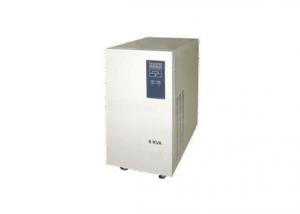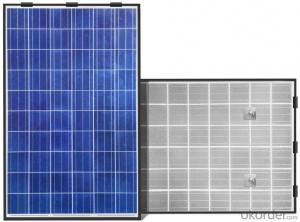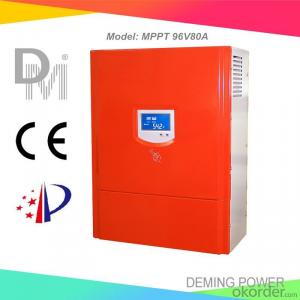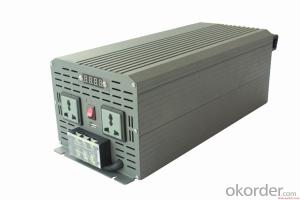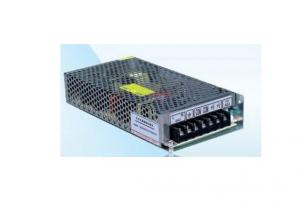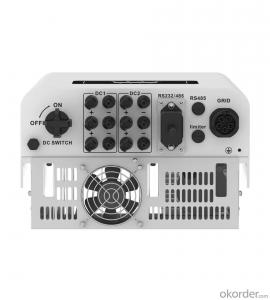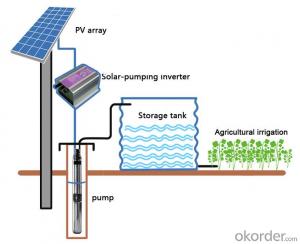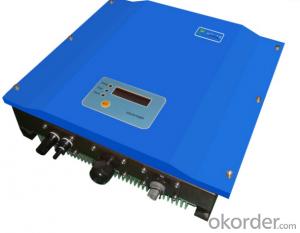10kw Solar Power Inverter
10kw Solar Power Inverter Related Searches
10kw Solar Inverter Solar Power Inverter 10kw Solar Inverter 10kw 10kw Inverter Solar 10kv Solar Inverter Solar Inverter 10 Kw 10kva Solar Inverter 10 Kva Solar Inverter Solar Inverter 10kva 10k Solar Inverter 10kw Solar Hybrid Inverter 10kw Hybrid Solar Inverter 10000w Solar Power Inverter 10 Kw Hybrid Solar Inverter Hybrid Solar Inverter 10kw Solar Inverter Hybrid 10kw Solar Power Inverter 10000w Best 10kw Solar Inverter 10kva Solar Hybrid Inverter 10kw Solar Edge Inverter 10000w Solar Inverter 10 Kva Hybrid Solar Inverter 10kva Inverter Solar System 10000 Watt Solar Inverter Solar Inverter 10kw Price Solar Edge Inverter 10kw 10kw 3 Phase Solar Inverter 10kw Solar Inverter Price China 10kva Solar Inverter Abb 10kw Solar Inverter10kw Solar Power Inverter Supplier & Manufacturer from China
The 10kw Solar Power Inverter is a high-performance device designed to convert the direct current (DC) generated by solar panels into alternating current (AC) that can be used by various electrical appliances and systems. This efficient and reliable inverter plays a crucial role in harnessing solar energy and ensuring a seamless integration with the power grid or standalone power systems.The 10kw Solar Power Inverter finds its application in a wide range of scenarios, including residential, commercial, and industrial settings. It is particularly useful for large-scale solar installations, where a significant amount of power is required to meet the energy demands of buildings and facilities. By utilizing this inverter, users can effectively store and utilize solar energy, reducing their reliance on traditional energy sources and contributing to a more sustainable future.
Okorder.com is a reputable wholesale supplier of the 10kw Solar Power Inverter, boasting a vast inventory to cater to the diverse needs of customers worldwide. With a commitment to quality and customer satisfaction, Okorder.com ensures that each 10kw Solar Power Inverter is thoroughly tested and certified before being shipped to clients. This guarantees that customers receive a reliable and efficient product that meets their specific energy requirements and contributes to a more sustainable and eco-friendly lifestyle.
Hot Products






